Whether you are a novice or an expert in content marketing, you must build a solid content plan to ensure success in digital marketing. With a content map, you can easily create such a perfect marketing plan!
According to a study published by the Content Marketing Institute, 40% of business-to-business marketers document their content marketing strategies. You must not want to be a part of those marketers.
For a well-documented and planned strategy, you must map out customer journey content marketing. It will help you smoothen your content distribution and ensure that the target audience gets all your published content at the right moment.
Here you will find a complete step-by-step guide to making a content strategy map with easy-to-understand examples for each step.
What is a Content Map?
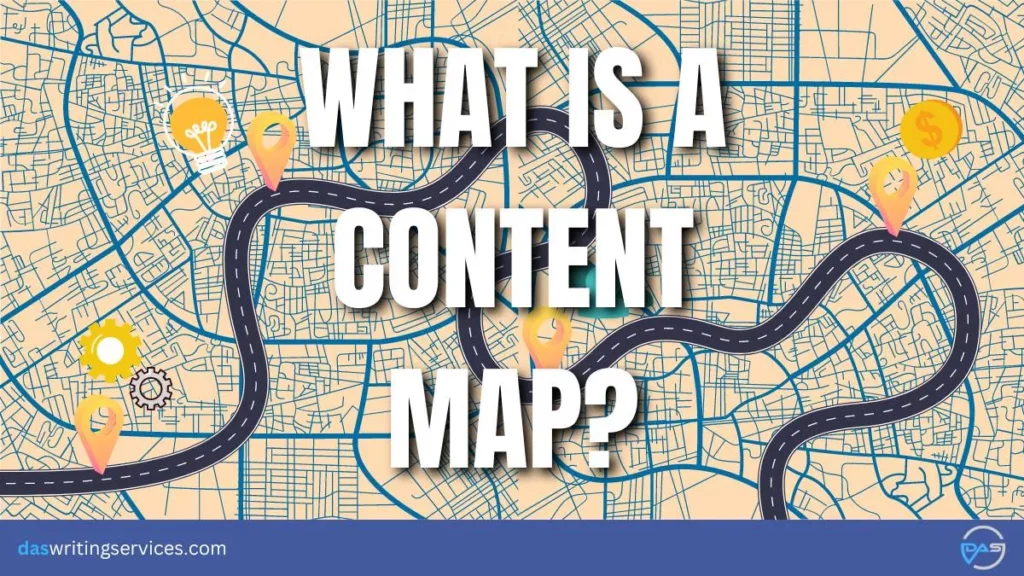
A content map is basically a plan to develop and publish informative, helpful and people-first content on your website or other platforms in a pre-planned way. This is a procedural strategy in which you develop and publish content for each stage of the buyer’s journey at the right time.
In this process, you measure which keywords to cover, which topics to write on and the right time for publishing. You need to consider which time is suitable for the platform.
By mapping content strategy and executing it properly, you can channel the target consumer persona through all the stages of the conversion funnel – right from his or her awareness stage to the purchase. A content journey mapping streamlines and expedites the buyer’s journey.
However, for this, you will have to bear in mind the needs, behaviours, demographics and other aspects of your target audience. Your content must fulfil all the knowledge requirements of customers.
You can watch this video below to easily understand what content mapping is.
Who Should Create a Content Map?
Creating a content map is the responsibility of all those professionals who oversee the performance of a website and its content. Stakeholders of a content map can be the content manager, content in-charge, content marketer, content strategists, and general marketing manager.
All these content marketing professionals may have to contribute their insights while developing a data driven pillar content mapping. With discussion, they can formulate the goals and objectives that the content plan will help them fulfil.
More often than not, the main goal of content mapping is to increase sales by improving the online presence. To derive this result, you must know how to build trust in your audience about your brand.
What Does a Content Map Contain?
Here are the things that a content map includes:
- Business goals
- Details of the target audience
- Content funnel
- Customer Journey
- Topics to be covered
- Content calendar
- Marketing metrics
- Details of the creative team
How to Build a Website Content Map [8 Step Guide]
Here is a step-by-step process to develop the content mapping for your website:
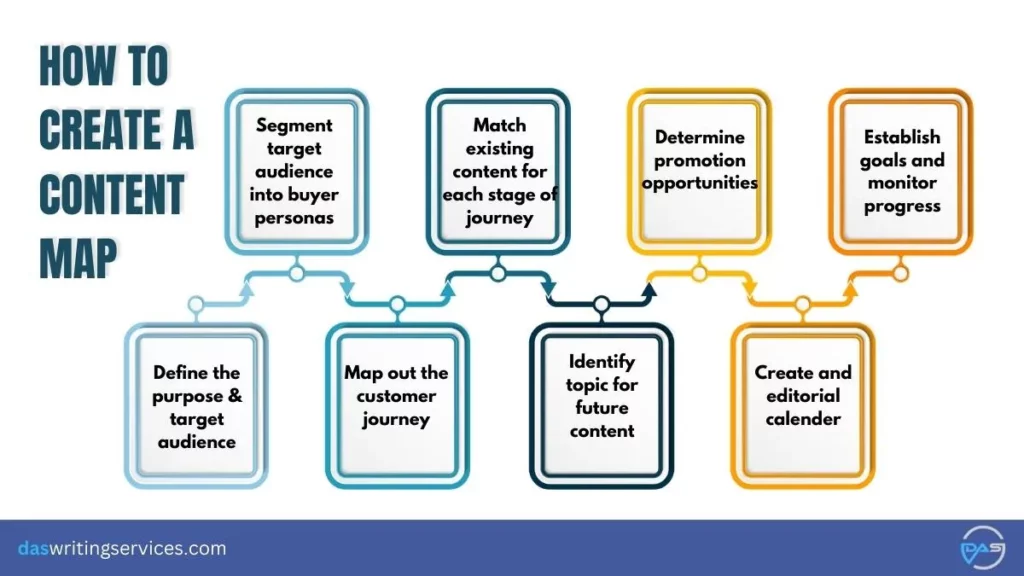
Step 1: Jot Down Business Objectives
The essential purpose of building website content is to help you meet specific and measurable objectives within a given time frame.
When you have properly thought-out specific, measurable, achievable, realistic and time-bound or SMART objectives, you can make a content map. This way, you can find the essential purpose of your content strategy.
For example, your SMART objective can be to increase the number of traffic or conversions. You can build a content map with the objective of helping your target audience with valuable insights.
There are a handful of questions you can ask yourself and your digital marketing team before building your business objectives. These are as mentioned below:
- How does the customer journey content mapping support your SMART goals?
- Which difficulties does your business solve with content marketing?
- What values will your content provide to the target audience?
Tips for Determining Business Objectives for Content Mapping
Here are the suggestions you can take to make sure you decide the right objective for your content mapping strategy:
- You need to ensure that your business objectives are well-defined, clear and specific. In case the goal is vague, it can create confusion among the team and thereby, can cause a lack of focus.
- It is better if you can measure the progress of your objectives or goals in terms of numbers. Quantification is important.
- Business objectives also should be time-bound. This way, you can understand how many resources you will have to allocate to meet your target.
Example SMART Goals for Content Mapping
Following is a hypothetical example of content mapping SMART objectives:
“Our main purpose is to increase the conversion rate from organic search from 1.01% at present to 2.5% within the next 2 quarters. We will achieve this with the help of Omnichannel marketing endeavours that will communicate how our services will help clients.”
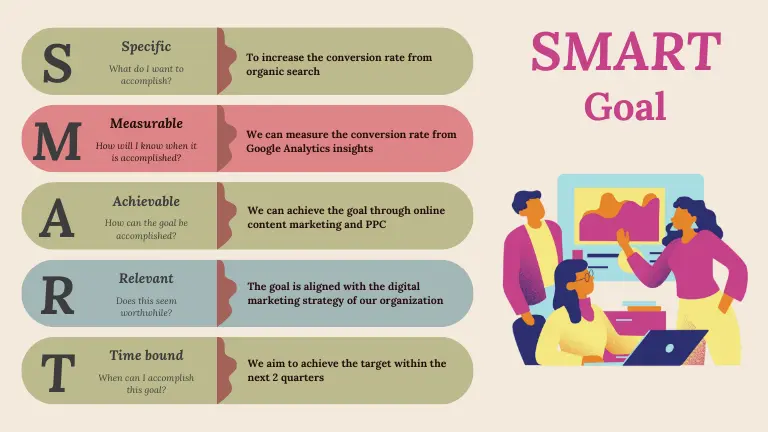
Step 2: Build a Detailed Target Audience for Content Mapping
Tapping the right audience is important to get success in your content mapping strategy. So, while building a content map for your website, you should properly decide who your target audience is. Only after knowing their needs, concerns and interests, you can grab their attention.
Knowing customers will also help you devise topics and communicate how you can address their issues or pain points. This will not only help you increase awareness and subsequent conversion.
You can include the following aspects in your target consumer persona profile:
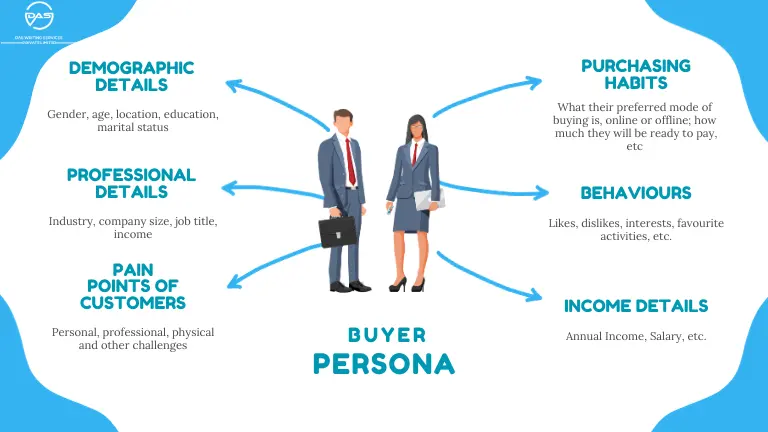
Tips to Chalk Out Consumer Persona for Content Mapping
Here are the things you can follow to research and build the right consumer persona for your business:
- Make direct communication and engage in in-depth interviews with the target audience to know their interests and pain points. For this, you should ideally take the help of focus groups, questionnaires and surveys, interviews, etc.
- If you already have a website, you can take the data about your audience from Google Analytics. It will help you know various details regarding your existing website visitors.
- Audience report from social media analytics like Facebook Audience Insights can also help you substantially in knowing about your customers.
Example of Target Consumer for Content Mapping
Following is a graphical presentation of a consumer persona:
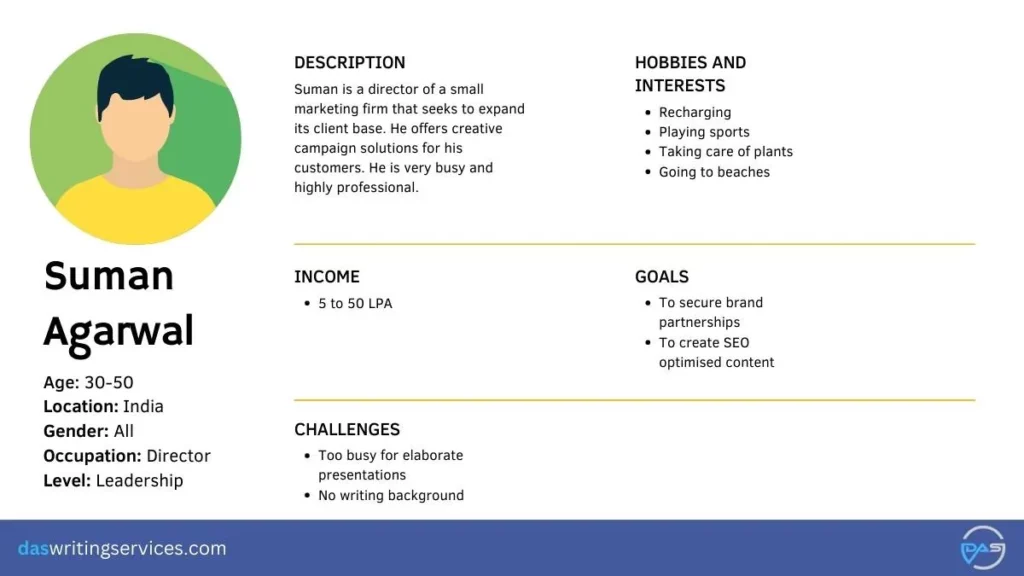
Step 3: Define the Content Funnel for the Content Map
One of the important things you will have to think out is to develop an effective content marketing funnel. It helps you assess how customers convert. This knowledge will help you easily send the right information and insights to your target audience at the right time.
Plus, it helps you know about how you can increase your brand awareness and thereby, their level of interest.
There are generally three categories of the content funnel as mentioned below:
- Top of the Funnel (TOFU): TOFU is the awareness stage in which customers get to know about your business. Customers also get to realise their current challenges or pain points. Your aim would be to reach those potential consumers through your digital content to address their problems.
- Middle of the Funnel (MOFU): At this stage, customers become aware of their problems. They opt for actively finding better solutions. You need to communicate to them how your products or services can provide them with the best solution.
- Bottom of the Funnel (BOFU): This is the last stage of the buyer’s journey. Your potential customers are now ready for deciding which product or service they will get to solve their problems. In this stage, you need to prove yourself as the best fit for your customer’s pain points. You need to answer all their probable questions.
Tips for Making a Content Funnel
- For TOFU: Help your target audience with information and insights. Prove that you have keen expertise in the field and can bring value to them.
- For MOFU: The content at this stage, therefore, should have to be product or service-oriented.
- For BOFU: Decide which content you will deliver to customers to fulfil their need for information about your product or service.
Trivia: According to a report published in the Search Engine Journal, 95% of digital marketers create and publish TOFU content, whereas 86% of them create MOFU content and 76% of them BOFU content.
Examples of Content Funnel
Following is one example topic for each of the funnels:
TOFU: ‘How-to’ blogs like How to Boost Engagement With Micro Content
MOFU: Case studies, white papers, webinars, and social media posts
BOFU: Products/Services pages, assessments, consultations, etc.
Step 4: Build a Buyer’s Journey for Content Map
The customer journey map reflects how your prospective customers will find out about your brand and be converted and which channels will increase the brand exposure the most.
There are five stages of the customer journey:
- Awareness
- Consideration
- Purchase
- Retention
- Advocacy
Potential customers go through the content or marketing funnel. In this regard, the journey of a customer may or may not be linear like the marketing funnel.
For example, some customers may decide to purchase immediately after seeing advertisements. These are impulsive buying behaviour of customers.
You may also have seen some ads on Facebook and click on it to buy the product.
Tips for Mapping Content According to Buyers’ Journey
Here are a few things you should keep in mind while creating a customer journey map to make it more impactful:
- List out all the probable touch points or points of interaction with customers
- Identify the actions customers can make when they discover your brand
- Analyse the social media conversations around your brand and the industry to get insights about customers
Example of Buyer’s Journey for Content Map
Following is the illustration of what a customer journey looks like:
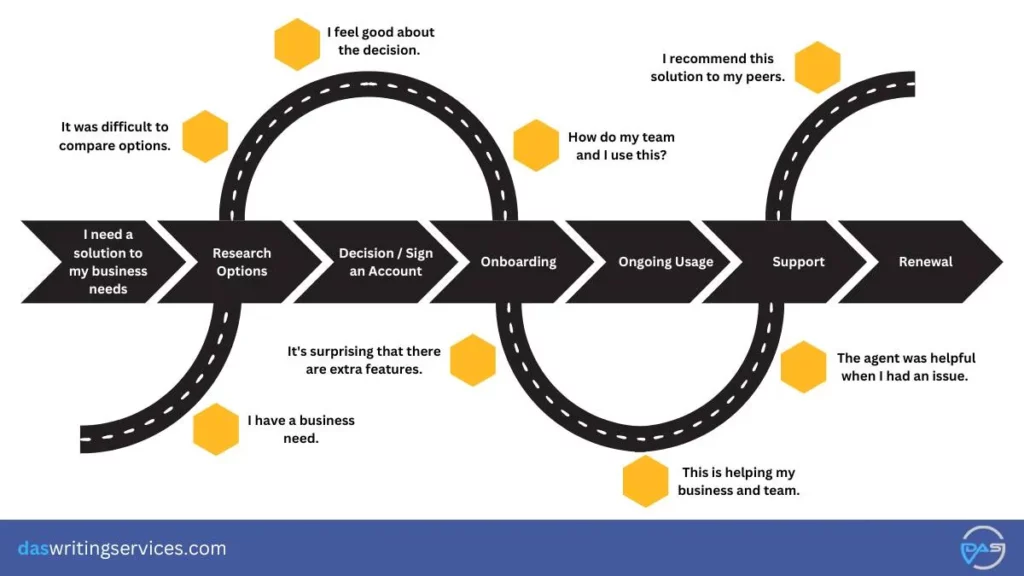
Step 5: Plan Out Pillar Content and Topic Cluster
Hardly any introduction is necessary about why blogs and articles are important in digital marketing. It increases your online presence and drive traffic to your site. However, to build the content map, you need topics around your business.
You need to cover all such questions that your potential customers may have about your business. Informative content is indeed necessary to bring the targeted audience to the top of the funnel or awareness stage.
You can create topics for different stages of a customer’s journey around relevant keywords. Through competitor analysis, customer study, keyword research and other methods, you can get topic ideas for your content pillars and the cluster topics. Content clusters can discuss a subtopic of content pillars elaborately. In this regard, you should ideally know how to create content pillars for your business.
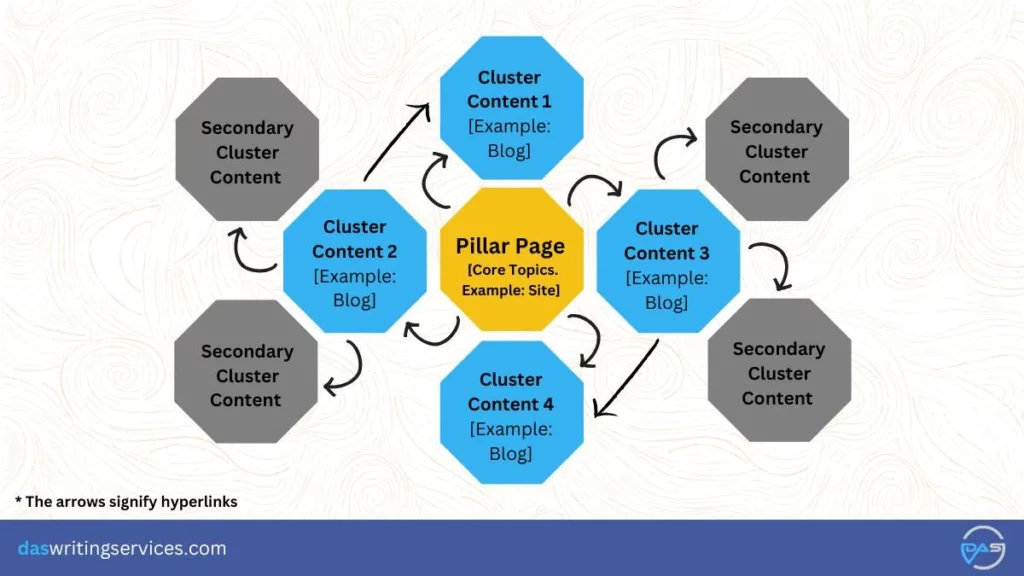
Tips to Plan Out Content Ideas for SEO Content Mapping
We suggest that you follow the tips mentioned below to get topic ideas:
- Analyse customer reviews to know about their concerns and respond to them through topics
- Track your social mentions to discover common questions from your customers
- Use tools like Keyword Tool, Ahrefs and Semrush to get keywords for your content
Examples of Pillar and Cluster Topics for SEO Content Mapping
Let’s assume that a website that publishes content on digital marketing has decided to write pillar content on the topic, ‘Inbound Marketing Techniques’.
The content cluster for this pillar content can include sub-topics like:
- Techniques of Inbound Marketing
- Differences Between Inbound and Outbound Marketing
- Tactics of Non-Traditional Marketing
- Effective Ways to Create Campaigns for Inbound Marketing
Step 6: Create a Content Calendar
A content calendar is one of the essential parts of a content map. It contains the schedule for publishing all the content you write. A content calendar lets you stay organised. So, you can put your efforts in a planned manner. In fact, content creators as well as digital marketers stay aligned.
Your content calendar should contain topics for your website pages, blogs, guest posts as well as social media posts.
Besides topics, you will need to include the following aspects in your content calendar:
- Author
- Editors
- Status
- Completion date
- Format
- Platform or Channel
Tips for Content Calendar Creation in Content Mapping
Here are the suggestions you can take to build the most suitable content calendar for your content map:
Consider your goals and priorities for your content marketing campaigns before setting the date for publishing your write-ups
Ensure that the scheduled dates are realistic considering your available resources and their capacities. If the date is not realistic, the quality of content may be hampered.
Besides publishing, it is better if your content calendar includes a plan for the promotion of your content through different channels.
Example of Content Calendar Creation in Content Mapping
At Das Writing Services, we also create our content mapping calendar. To give you the best example, we have attached the screenshot of our content map here:
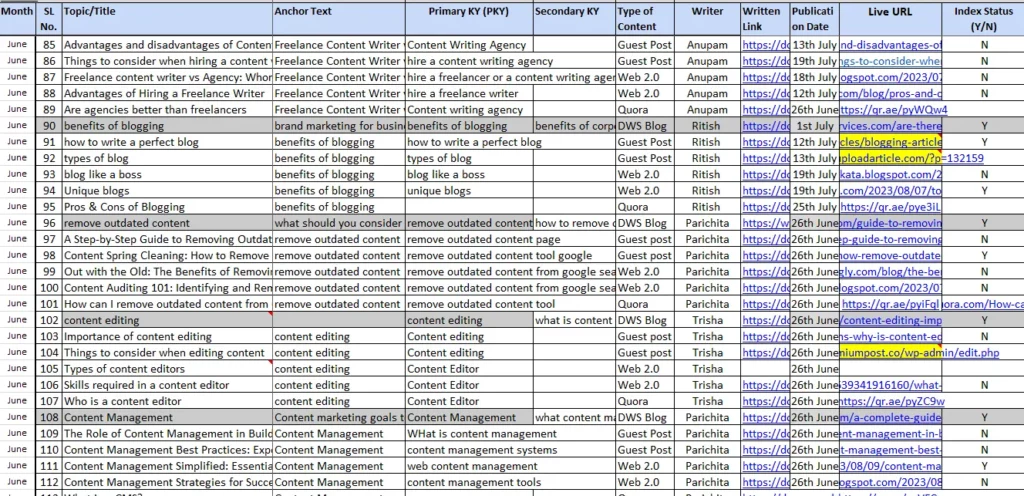
Step 7: Determine Your Marketing Metrics
To determine the effectiveness of the content mapping, it is crucial to set the marketing metrics or key performing index (KPI). With the help of KPIs, you can understand how far you have achieved your objectives. Thus, you can make data-driven informed decisions. It will also help you understand the strengths and weaknesses of your content marketing campaign so that you can take proper measures the next time.
The measurable KPIs for your content map can be:
- Website Traffic
- Pageviews
- Dwell Time
- Bounce Rate
- Conversion Rate
- Social Engagement
- Click Through Rate
You need to choose KPIs according to your objectives.
Tips for Determining Content Marketing Metrics
Follow the tips mentioned below to ensure that you choose the right KPI to measure your content mapping goals:
- Choose a KPI that can help you measure the success of your content marketing objectives.
- The KPI should be simple, quantifiable and directional. Else, you cannot measure success.
Example of Content Marketing Metrics
Your KPIs can be different according to different stages of the marketing funnel. For example, at the TOFU level, your KPI can be the number of traffic; for MOFU, it can be the number of leads and for BOFU, the conversion rate.
Step 8: Align the Creative Team According to the Website Content Map
One of the last stages of creating a content mapping is to make the creative team aligned with your goals of digital marketing. You will have to brief them properly so that they can help you get the best work.
To ensure optimum success, you must develop properly SEO optimized blogs, articles, landing pages, social media posts, graphics, etc. It is better if you have an in-house team of experts who can deliver all those required creatives; otherwise, you can hire content writing services from agencies like us.
At an agency, you will get creative experts with years of experience in working for a diverse sector. You can rest assured of the quality and get the content on time.
Tips to Align Creative Team
Here are the tips you can follow to select the best external team for your content requirements:
- You should ideally ensure that the content writing agency has experience working with companies from your sector.
- As a content marketer, you need to ask the team to write a few new samples on certain topics from your line of business.
- You will have to make sure that the team has a keen knowledge of how search engine optimisation (SEO) works.
- You can check the portfolio of the content writing agency and ask for a few samples of previous work.
If you do not have a proficient in-house team for creatives, you can approach several content writing agencies in India. You should know how to find the right professional writers. There are a large number of options available but make sure to follow the tips mentioned above to find the most suitable one.
Advantages of Developing an Effective Content Map
Creating a content map is a complex and long process. However, if developed properly, the benefits you will get from your content map can be overwhelming.
Here are the significant advantages of developing a content map and following content distribution accordingly:
1. Develops a Better Understanding of Customers
While developing a content map, you have to research about what your customers’ search queries. You will understand their needs and problems. Accordingly, you will produce content to guide customers about how they will benefit from your product or service.
2. Enables You to Draft Content Properly
After knowing the buyer journey, you can draft your content in the perfect manner, meeting the needs of customers. There will be fewer chances of errors in your content marketing efforts. By mapping content beforehand, you get to plan which platform will be most suitable and accordingly craft and publish your content. You can outsource your content from reputed content writing companies in India to ensure that your blogs, articles and pages are flawless and SEO optimized.
3. Saves Time and Resources
The content map lets you publish your blogs, articles, social media posts and different types of digital content in a planned manner. You will have a content calendar with a schedule for publishing. Thus, the content map be far fewer chances of things going in a haphazard manner. You will delegate your creative as well as marketing work to the right person according to their skill sets.
4. Attain and Measures the Success of Your Content Marketing
With the help of buyer journey content mapping, you can channel your customers through different marketing funnels. You can lead them to the stage of conversion. While developing the map, you also set metrics to assess the performance of your plan. Thus, you can understand how far your efforts bring the result.
Tools to Build a Content Map Easily
The content map contains a large number of things and aspects that you will have to consider. The process of creating it can be overwhelming. To make things less complicated, you can use some tools as mentioned below:
- Google Suites: You need to create multiple tables, like a content calendar before creating the content map. So, you can use Google Docs, Google Sheets or Google Slide to make your diagrams and tables. You can write all your plans in these tools and share all the necessary things with your internal as well as any external teams for better collaboration.
- Social Media Audience Insights: Facebook Audience Insights will help you gain deep insights regarding your followers. Plus, if you are present on other social media platforms like LinkedIn, you also need the audience information of that platform as well. All these will help you make a proper consumer persona.
- Google Analytics: For making a data-driven content map, you need to analyse the present performance of your website and its content. You can get all these insights using Google Analytics. It will inform you about your website visitors, content performance, traffic sources, timings of peak traffic, etc.
- SEO Tools: With the help of SEO tools like Semrush, Ahrefs, Ubersuggest, etc., you can get keywords relevant to your industry. You can also analyse the performance of competitor websites. These tools can help you know the keywords they use and the topics they have covered.
- Content Templates: You can create your own template or can download content plan templates from Hubspot, Semrush or other similar websites. It is better if you create a template of your own because it will be personalised according to your resources.
The website content map lets you plan the digital marketing strategy for your brand. It lets you chalk out how you will distribute the right pieces of content so that the target audience gets those at the perfect time. It reduces the chances of mistakes in your content marketing. You can also periodically measure the effectiveness of your content marketing campaigns.
FAQs About Content Map
1. What is social media content map?
A social media map refers to the documented plan about posts that you will publish on different social media channels. It serves as a reference guide for the social media executives and managers as well as the creative team. They stay aligned about what and when to post as well as the manner and tone for interacting with audiences.
2. Why should I choose KPIs in the content map?
KPI lets you track the progress of your company’s digital marketing campaign. This is why, you need to choose a KPI according to the goal you set. By monitoring the KPI over a period, you can see trends and patterns that will help you make informed decisions.
3. For what purpose do I need to make a content map?
A content map lets you ensure that your blogs, articles and other posts reach your customers at different stages of the buyer’s journey. This way, you can influence their purchasing decision and increase your sales.
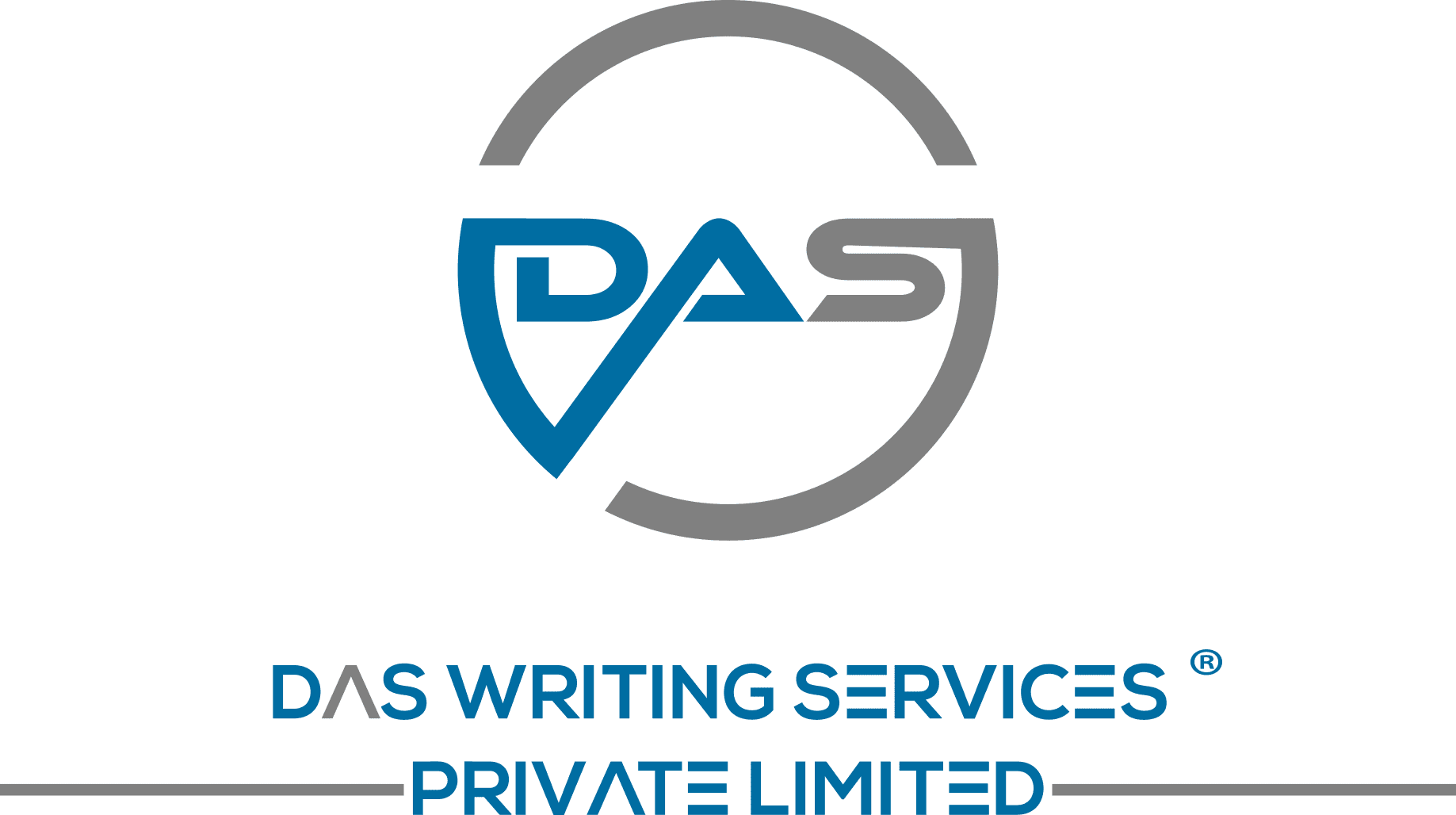



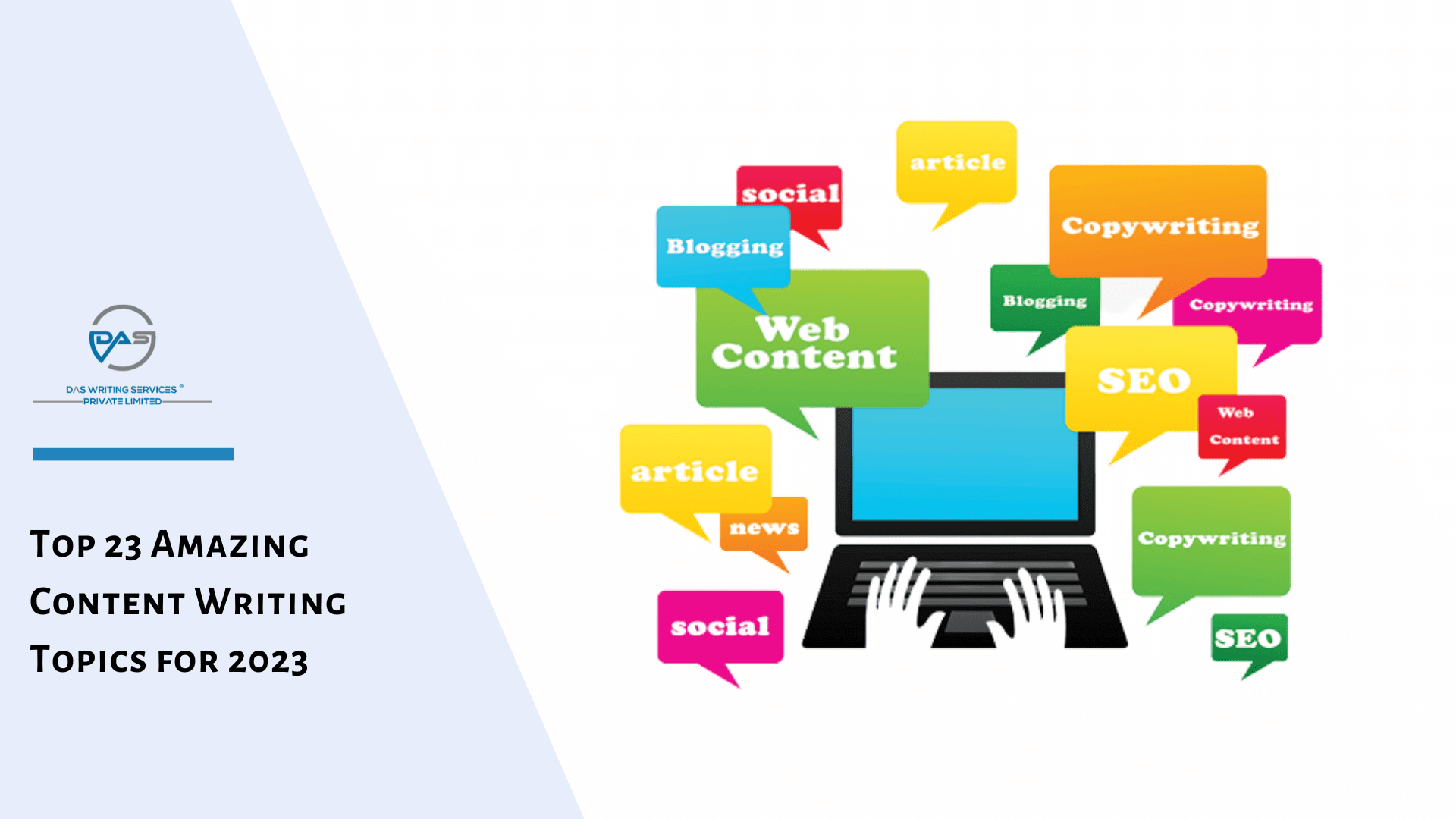
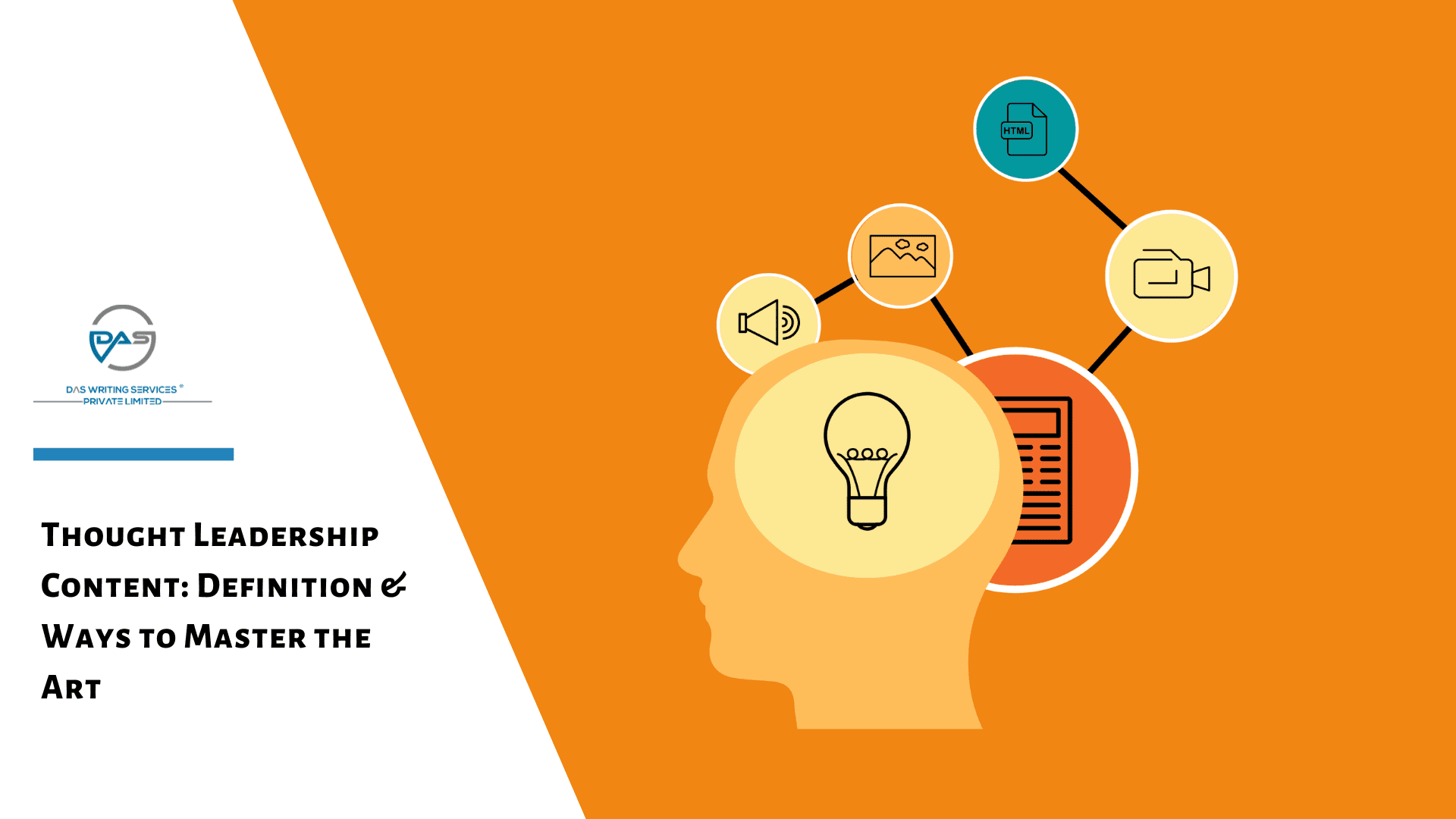
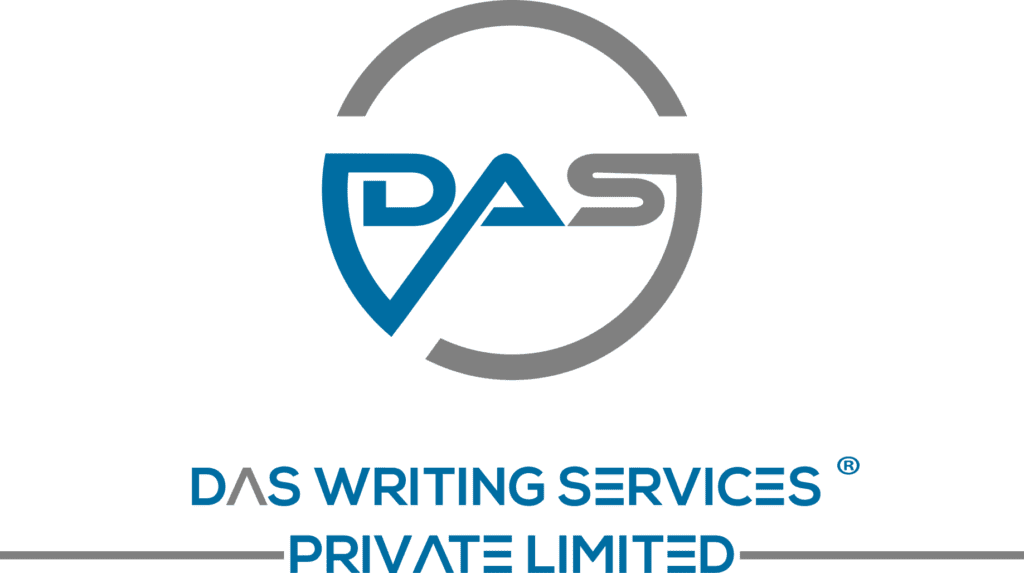
Leave a comment
All comments
Dalia Teodora
Dead pent written content, Really enjoyed studying.
Arghish Das
This is a great article! It's really helpful for anyone who wants to organize their content strategy. Thanks for sharing!